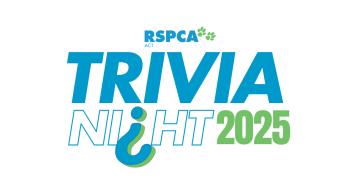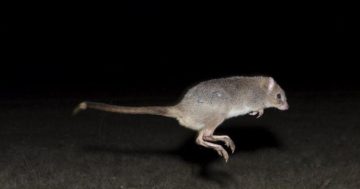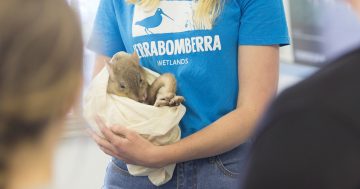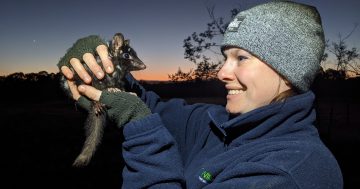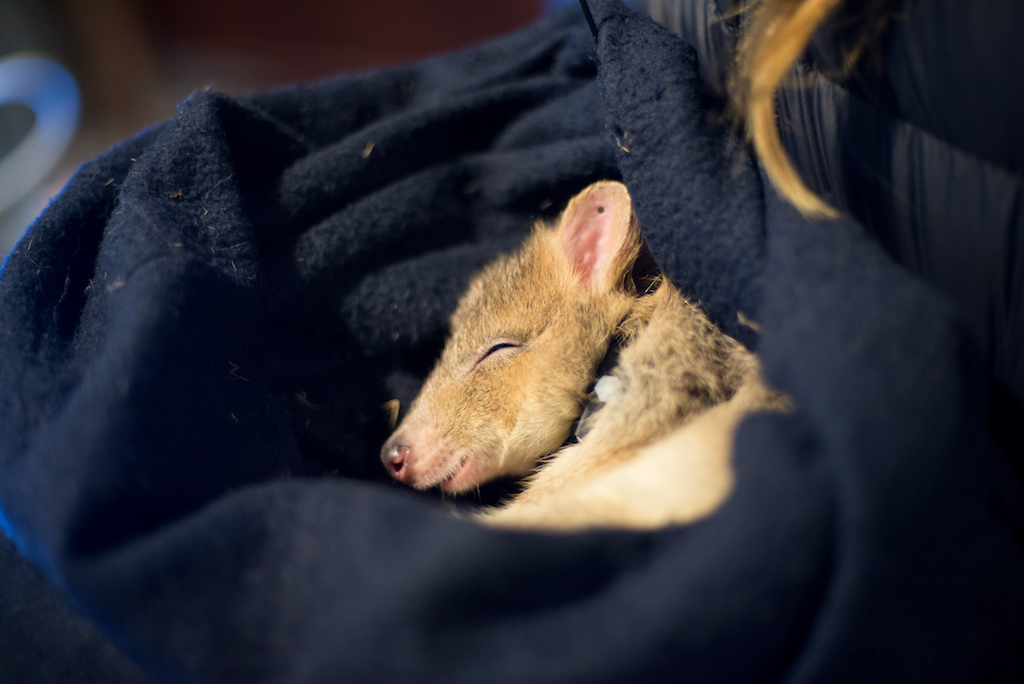
At least 11 rare eastern bettongs have died in a contentious trial release into the Lower Cotter Catchment that raises questions on use of land management resources.
Fifteen bettongs remain alive. Four have been confirmed as killed by foxes, one from a bird of prey, and forensic results are yet to determine other deaths.
One has been returned to captivity with a faulty collar, while another one could be in the wild with a faulty collar. The collars monitor the endangered species three times a week.
The ACT Government will not say how much additional money is being spent on intensive fox control.
Environment Minister Mick Gentleman has not answered questions on the trial. A spokesman says he is on leave.
Two years of intensive control preceded the release phases, which began last spring. A wider variety of baits are being put out as fox cubs leave their families and begin to hunt.
Critics say the trial is futile because foxes will never be eradicated from the bush.
An environment and planning department spokesman said establishing bettongs at Tidbinbilla Nature Reserve and Mulligans Flat Woodland Sanctuary allowed greater risks to help lift the conservation status of the entire species, and improvements in future releases.
He said bettongs had not lived on the mainland for 100 years, and information from the trial would answer whether they could survive in fox-controlled areas, or if they would disperse away from the release-site.
He said the Lower Cotter trial met International Union for Conservation of Nature guidelines.
“There is no specific target population for this trial release because the main objective is garnering information, not establishing a population. If a full reintroduction is considered feasible, the number of animals to be released – and required predator control – would be determined based on the results of the trial including the area’s carrying capacity.”
Attempts to reintroduce rare species in the ACT have divided conservationists.
One critic said the Mulligans Flat sanctuary was a glorified zoo, while another has slammed the bettongs release, and suspects between 5 and 10,000 bettongs would be needed across the Cotter Valley and beyond to establish a viable population.
“Intensive fox and cat control would be required forever over the whole of the area plus a buffer zone around the bettong-occupied area. This would be huge and prohibitively expensive and require many staff,” he said.
In the spring of 2009, 43 vulnerable brown treecreepers caught from an established community south east of Wagga Wagga were released at Mulligans Flat and neighbouring nature reserve Goorooyarroo.
Although the countryside had been fortified with dead timber and artificial shelter areas, it did not provide the little insect-eaters with as much cover as the landscape from where they had been caught. Consequently other bigger predators quickly had an easy meal.
In 2014, 11 bush stone-curlews were brought into Mulligans sanctuary from where six escaped and were either taken by predators, probably foxes, or left the area.
Last year eastern quolls arrived at Mulligans from Tasmania and a private breeder in Victoria. Seven of them wasted no time scaling the 1.8 metre high fence and escaping. Foxes killed four of them, after which the fence was to be retrofitted.
In 2015 University of Canberra researcher Dr Bruno de Oliveira Ferronato published findings of reptiles being caught in the fence enclosing Mulligans sanctuary.
Over 16 months he found 108 reptiles had died and more than 1000 animals blocked at the fence, with eastern long-necked turtles accounting for almost all deaths.
Pictured above, an eastern bettong asleep. Photo: ACT Government











